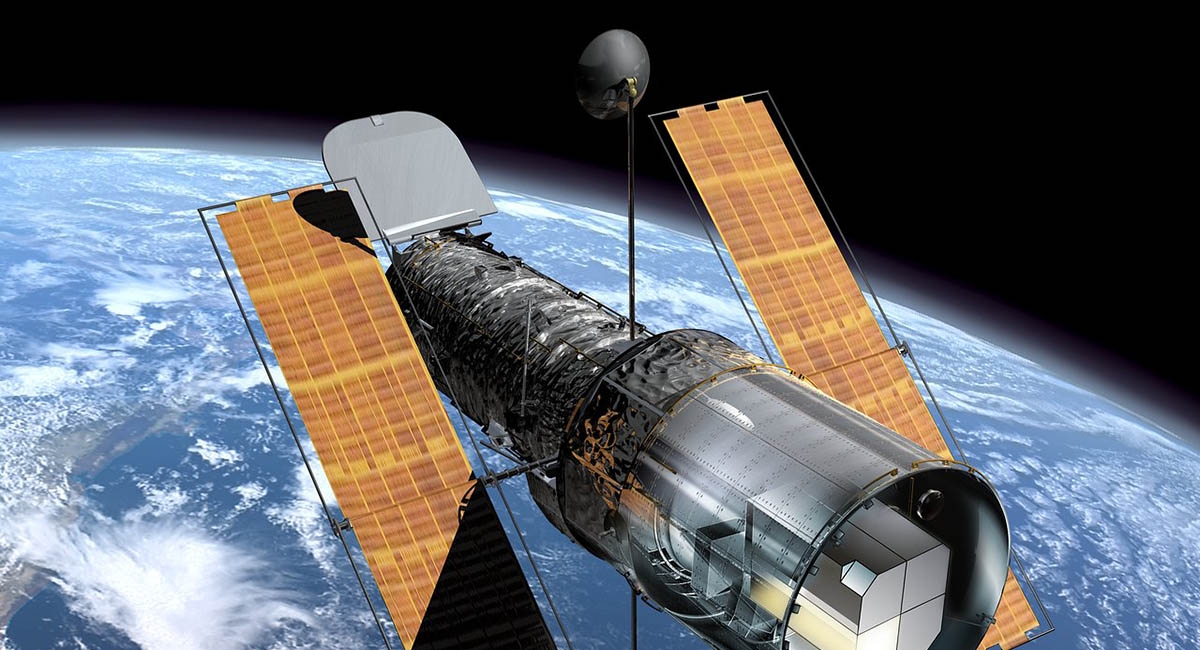
Hubble Space Telescope: Interesting facts about the famous telescope
To say that the universe is large would be a huge understatement. In fact, we currently have no way of telling its exact size. Light travels at an incredible speed of 186,000 miles per second but even light wouldn’t be able to reach from one of the universe to the other before the universe ends.
To help us get a better understanding about the universe, the Hubble Space Telescope has been a great help. The famous telescope has been operational ever since it was launched into space in 1990. However, as per Betway Casino, the Hubble Space Telescope is soon to be replaced by the Webb Space Telescope, which is to be launched in December 2021.
1- The Hubble Space Telescope bears the name of a famous astronomer
Edwin Hubble was a great astronomer who made some startling discoveries about the cosmos. The Hubble Space Telescope was named in his honour.
The famous scientist gave evidence that Andromeda is actually a galaxy beyond our Milky Way rather than a nebula which was formerly believed by scientists. The American also disproved the “static universe” theory and argued that galaxies are also moving from one another.
2- Big blunder of the scientists
After the Hubble Space Telescope was launched, scientists realised that they had made a huge mistake. Upon viewing the first images, they were shocked to discover that the main focusing mirror of the telescope had been polished to the wrong specifications. And the consequence was that the images were blurred.
In the following months, NASA had to endure criticism and ridicule for their mistake, with one publication even dubbing it ‘$1.5 billion mistake.’ However, they finally resolved the issue in December 1993 after an instrument called COSTAR was installed by a group of astronauts. After the removal of the glitch, the Hubble Space Telescope started sending some incredible images of the universe.
3- Origins of the Hubble Space Telescope
The Hubble Space Telescope project is one of the most expensive science missions in the history of NASA. It was launched in 1990 but its origins date back to 1946 when scientist Lyman Spitzer Jr. penned a famous paper in which he advocated the benefits of a space-based observatory.
He claimed that an in-orbit telescope would give us better results because that way the universe can be observed without the hindrance of the Earth’s atmosphere. Lyman Spitzer Jr. also lobbied for a bigger space telescope and after many years, the US Congress finally agreed to fund the project.
4- The Space Shuttle Challenger disaster
The Space Shuttle Challenger disaster was a fatal accident that occured in 1986 and it cost the lives of seven crew members aboard. This accident proved to be a big blow for the Hubble program.
NASA grounded its space fleet and forced the launch of Hubble to be postponed for several years following the Space Shuttle Challenger disaster. Scientists used the extra years to work on improving the features of the telescope. However, the overall costs of the project became very high as the telescope had to be kept in a clean room, powered up and purged with nitrogen.
Astronomy is the oldest of the natural sciences with its origins dating back to antiquity. It is one of the few sciences in which amateurs play an active role. The subject not only attracts the science geeks but also appeals to sports enthusiasts who like to follow news regularly through thefootballreports.com as Astronomy studies the most interesting subjects of all.
It makes use of Mathematics, Physics and Chemistry to provide knowledge beyond our Earth. The subject has its origins in the religious, mythological and astrological beliefs and practices of prehistory.
Photo: ESA








